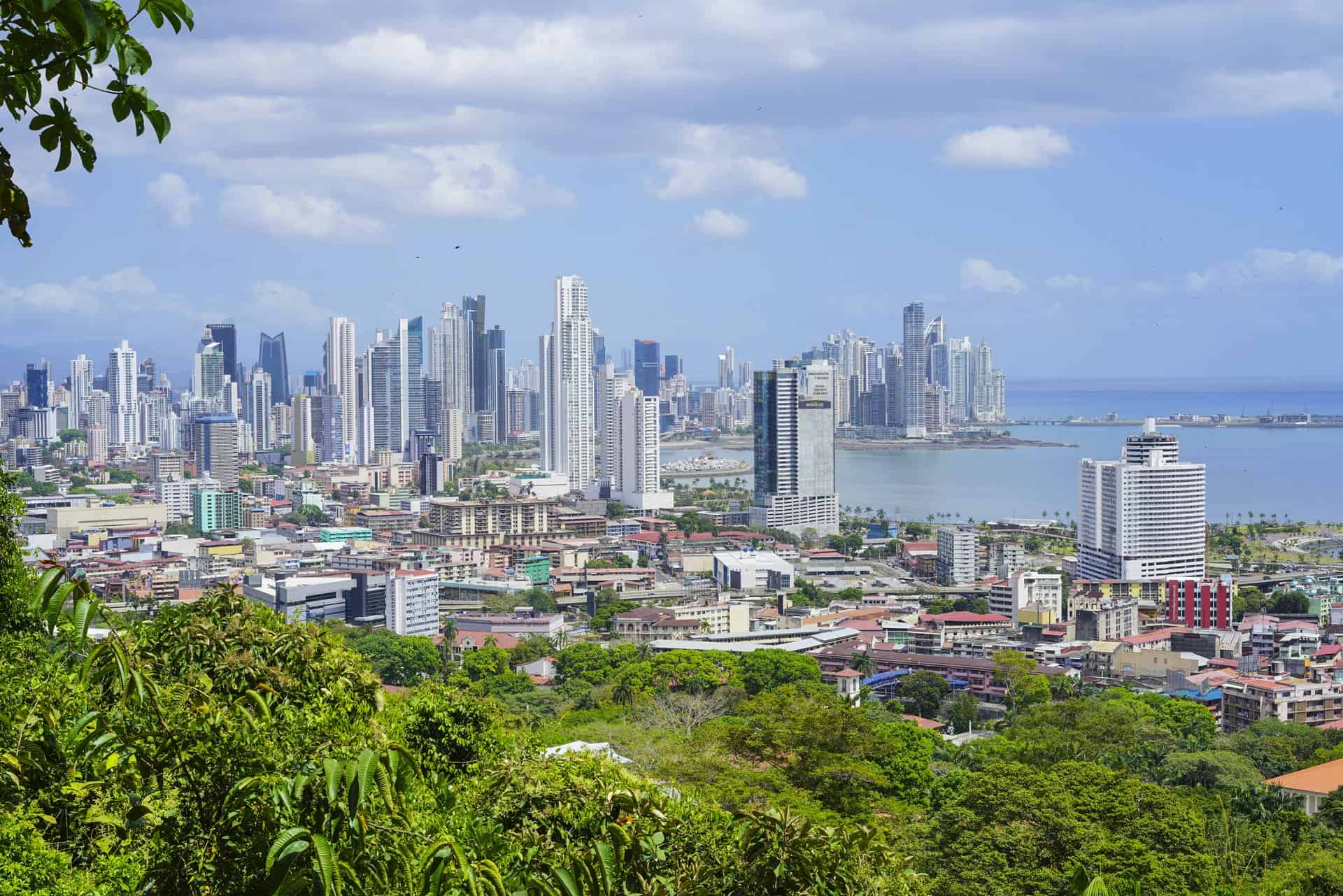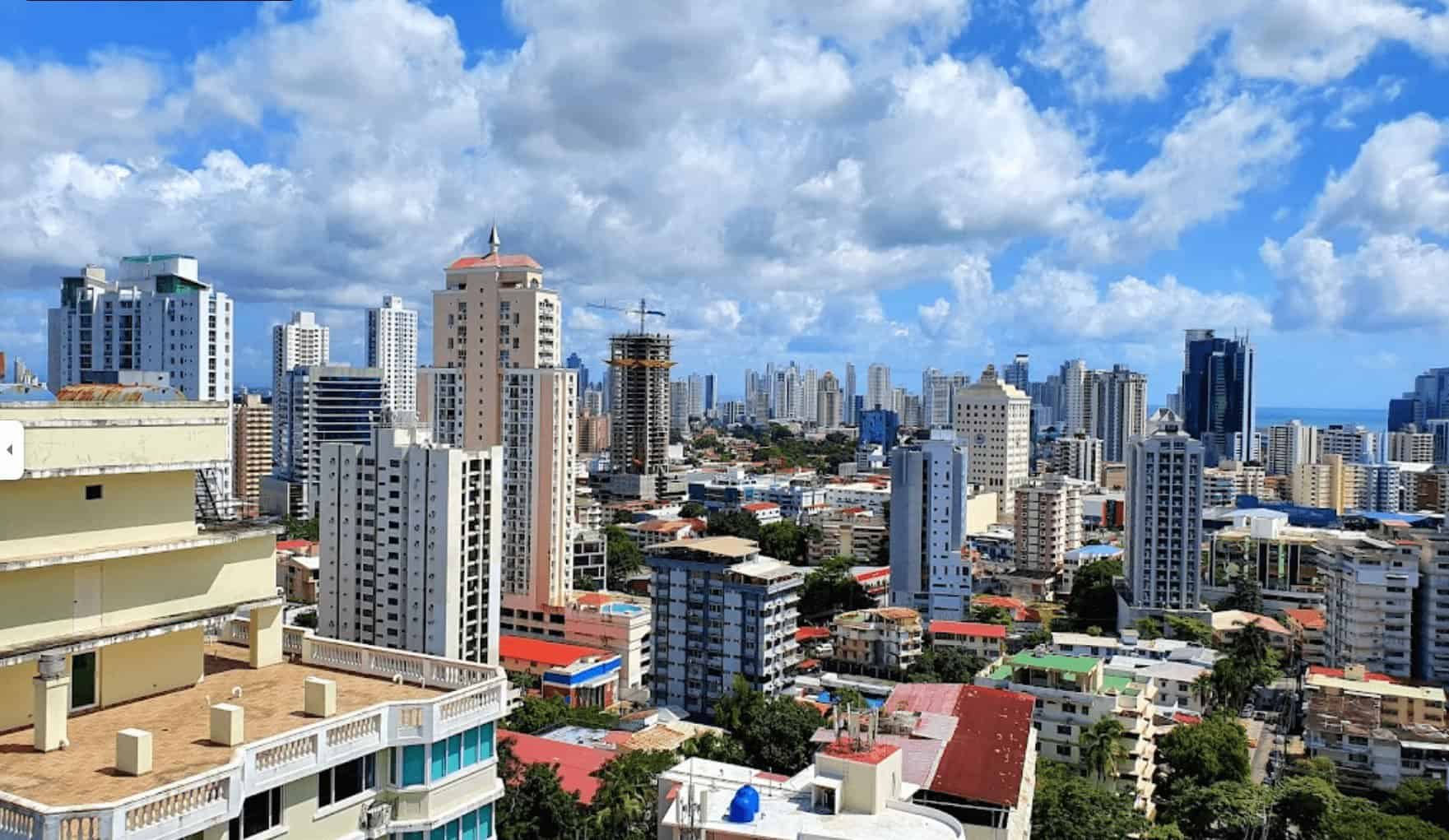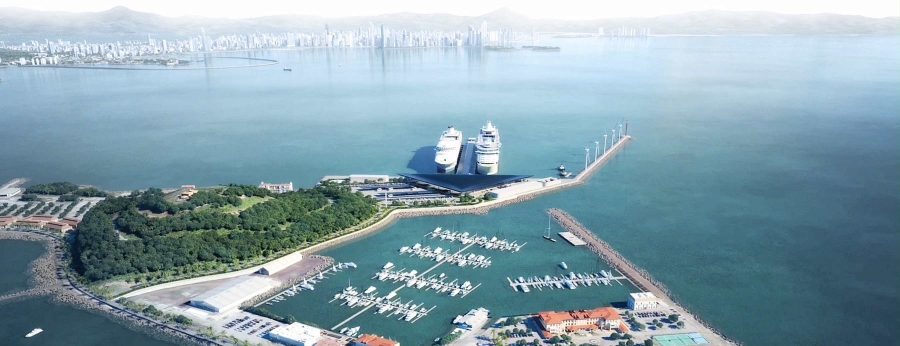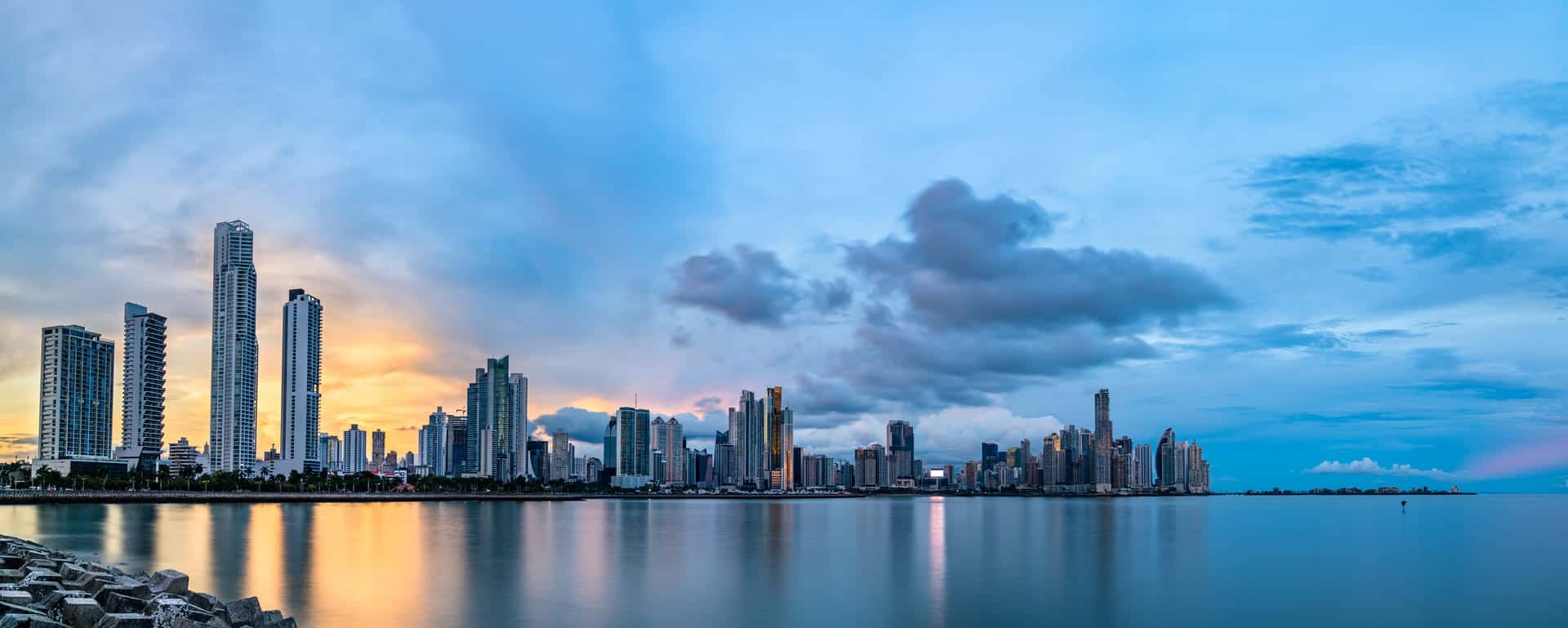Embark on a journey into the dynamic realm of real estate investment, where Panama’s strategic location and booming economy intersect with a wave of infrastructure developments. Panama, known for its strategic location and thriving economy, has been undergoing significant infrastructure developments in recent years like the Metro Line 3 project, and these changes are sending ripples throughout the real estate landscape. We’ll take you on a journey through the keynotes of Panama’s major infrastructure projects, exploring how they are reshaping the real estate market. We’ll examine the transformative impact of these developments, shedding light on the opportunities they present for investors and developers looking to capitalize on this growing market. Are they opening up new opportunities for investors and developers? Or do they come with their unique set of challenges and considerations that need to be carefully navigated?

Overview of Major Infrastructure Developments
Panama is making big moves to improve its infrastructure, aiming to attract more global investors and residents. These projects cover areas like transportation, tourism, and city development, all set to boost Panama’s economy and real estate market. Here are some ongoing infrastructure projects in Panama that investors should know about:
- Metro Line 3 Expansion:
Panama City is currently undergoing significant infrastructure development through the Metro Line 3 project, which aims to expand the city’s metro system. This substantial investment in public transportation is geared towards easing traffic congestion and offering a dependable mode of travel. Construction started in 2021, with operations scheduled to commence in mid-2025. The projected investment of $2.8 billion will directly benefit residents of the Panama Oeste province, enhancing connectivity and accessibility throughout the region. The Metro Line 3 project is poised to have a considerable impact on the real estate landscape by enhancing connectivity for the 400,000 daily commuters from Panama’s suburbs. This advancement is expected to shorten commute times and render areas such as La Chorrera and Chame more appealing for residential and commercial investments. The expansion project catalyzes urban development resulting in the rejuvenation of neighborhoods and regions that were before underappreciated. It gives real estate prospects, including retail opportunities at metro stations and increased demand for housing in areas that were previously less accessible.
- La Pesa Bridge:
The La Pesa Bridge also referred to as the Fourth Bridge over the Panama Canal, is an infrastructure project aimed at enhancing connectivity across the canal. Despite various adjustments in costs throughout the project, the most recent agreement has fixed the construction expense at around $1.518 billion. Managed by Puentes y Calzadas Infraestructura de Panamá, the project is scheduled for completion by March 2024. Major infrastructure undertakings like the La Pesa Bridge typically enhance connectivity and have the potential to elevate property values and development in their proximity, particularly in the Chorrera district of Panama City where this infrastructure development is situated.
Impact of Prior Infrastructure Development on Real Estate
The infrastructure developments in Panama have had profound impacts on the country’s and especially Panama City’s real estate market. These projects have not only enhanced Panama’s connectivity and attractiveness as a tourist and business destination but have also significantly influenced real estate demand and values in their respective areas. Here are some of the infrastructure developments that have impacted the countries real estate landscape.
- Expansion of Tocumen International Airport:
The expansion of Tocumen International Airport cost $679 million and was officially inaugurated on April 29, 2019, and started operations on June 22, 2022. It has positioned Panama City as a key hub in Latin America for international travel. By increasing the airport’s capacity to handle a larger volume of passengers annually, this development has spurred growth in tourism and business travel. Consequently, there has been a noticeable increase in demand for both residential and commercial properties in the vicinity of the airport. This area has seen a surge in the construction of hotels, retail spaces, and residential complexes, aimed at serving transient visitors and the workforce related to the airport’s operations. The accessibility and improved infrastructure have made the areas surrounding the airport more attractive for development, driving up property values and attracting investments in the hospitality and retail sectors.

- The Amador Panama Cruise Terminal:
The Amador Panama Cruise Terminal on Perico Island cost $206.7 million with its completion in 2023. It aims to boost tourism and the national economy by making Panama an attractive stop for cruise lines. This strategic move has led to a considerable increase in the number of visitors to the area, which in turn has fueled demand for hospitality and retail properties. The growth in tourist numbers has also driven the development of recreational facilities, upscale dining establishments, and entertainment venues in the Amador area, contributing to increased land and property values. This development has not only enhanced the appeal of the Amador area as a tourist destination. Still, it has also made it a lucrative zone for real estate investment, particularly in the hospitality and retail sectors.

- Panama Convention Center:
Panama Convention Center was completed in 2020 for $193.7 million. It was designed to bolster Panama’s ability to host international events, conventions, and conferences, attracting a diverse audience including business travelers. This facility reinforces Panama’s position as a premier location for corporate and academic events. The area surrounding the convention center has seen a rise in demand for commercial real estate, including office spaces, hotels, and service-oriented businesses catering to event participants. This demand has led to an increase in property values and prompted further development, making it an attractive proposition for both local and foreign investors. The convention center’s role in drawing international attention has translated into heightened real estate activity in the vicinity, underscoring the impact of infrastructure development on property markets.

Infrastructure developments in Panama have exerted a favorable influence on the real estate market, fostering enhanced accessibility, and improved mobility. Such advancements have translated into augmented property values, stemming from heightened connectivity, improved access to amenities, and elevated services, making various locales increasingly attractive to investors, both domestic and international. Consequently, the heightened demand for properties in these areas has resulted in escalating prices. Regions in Panama undergoing infrastructure enhancements typically experience a significant uptick in property values. For instance, certain neighborhoods in Panama City are projected to see rental increases ranging from 5-10% post-infrastructure upgrades.
Challenges and Considerations
When analyzing the influence of infrastructure developments on Panama’s real estate sector, it is important to take into account not only the prospects but also the possible hurdles and vital factors for investors. These challenges range from alterations in regulations and economic fluctuations to environmental concerns, all of which play a role in shaping the market’s dynamics. Furthermore, investors must give due consideration to sustainable development and the effects of global economic trends on their investment choices. It is imperative not to underestimate the potential risks associated with investing in Panama’s real estate market.
Similar to many other real estate markets, Panama’s real estate landscape is subject to regulatory shifts that can significantly impact investment dynamics. Modifications in zoning regulations, construction permits, and property taxes can influence the feasibility and profitability of projects. Panama’s real estate market is not immune to the ups and downs of both global and local economies. Economic downturns, fluctuations in interest rates, and currency exchange rate variations can impact investment returns. The Panamanian economy’s reliance on the Panama Canal and international trade introduces a level of susceptibility to global economic trends, which, in turn, can affect the real estate sector.
Sustainable development has gained importance for investors worldwide, and Panama is no exception. Projects that prioritize energy efficiency, minimal environmental impact, and social responsibility are increasingly favored by buyers and tenants. Investing in sustainable real estate can yield long-term benefits, including reduced operational expenses, enhanced market appeal, and adherence to evolving environmental regulations. Investors should contemplate the broader economic context, taking into account the potential risks and opportunities associated with these trends. Modification and strategic planning are pivotal in mitigating the impact of global economic fluctuations on real estate investments. While Panama’s infrastructure developments offer substantial opportunities for the real estate market, investors must navigate a terrain full of potential challenges and crucial considerations.
Conclusion
In conclusion, Panama’s real estate market is at a pivotal juncture, shaped by the transformative power of major infrastructure developments. As we’ve explored, these projects are more than just construction; they are catalysts for new opportunities in the real estate sector. Investors and developers can find promising avenues for growth, but they must also navigate the challenges and considerations inherent to this dynamic landscape. From Metro Line 3 to other infrastructure ventures, the impact on Panama’s real estate market is undeniable. Whether you’re a seasoned investor or a curious observer, understanding the symbiotic relationship between infrastructure and Panama’s real estate market is key to navigating this dynamic arena.






